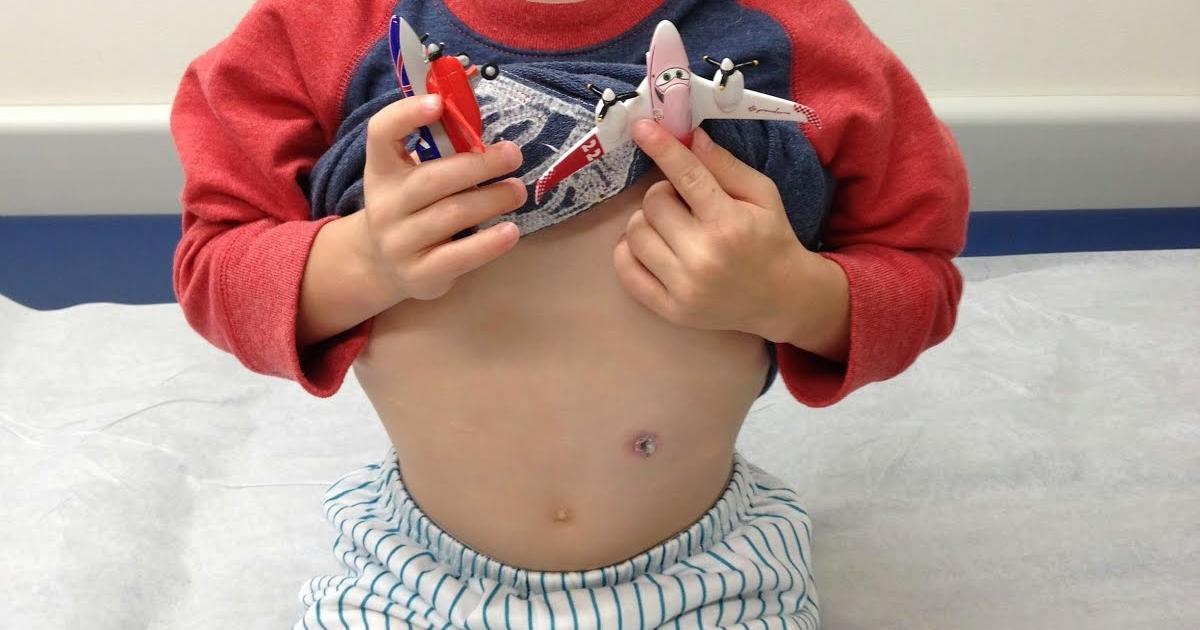Treatment Strategies For Krabbe Disease
Krabbe disease is a genetic disorder that destroys the body's myelin, which is the protective coating that shields the nervous system's cells, including cells in the spinal cord and brain. Most children with Krabbe disease begin showing symptoms before they're six months old, and the child usually dies by two years old. When symptoms develop in adults and older children, there's a much more varied progression of symptoms. Krabbe disease doesn't have a cure, so treatments focus on supportive care. There have been some cases where stem cell transplants were successful in babies who hadn't yet shown symptoms. Krabbe disease occurs in about one out of every 100,000 individuals in the United States.
Uncover the treatment options for managing Krabbe disease now.
Physical Therapy and Strength Training

Physical therapy and strength training can help minimize the deterioration of muscles. Nothing can completely stop the muscular degeneration, but strength training and physical therapy can help improve an infant's quality of life. When the patient is an adult or older child with a less severe presentation of Krabbe disease, physical therapy is similarly helpful in slowing the progression of muscle deterioration. Muscle weakness tends to be the primary condition for patients diagnosed during adulthood or adolescence. When the myelin protecting the nerve cells is destroyed, nerve cells lose the ability to receive and send messages, which makes it difficult for patients to move their muscles, and may make the muscles feel weaker than they are. Lack of movement in the muscles will lead to muscle atrophy.
Learn more about how to treat Krabbe disease now.
Anticonvulsant Medication

Some patients develop seizures, though these usually occur after other primary symptoms. In certain cases, seizures don't appear until months or even years after the onset of symptoms. One study showed out of fifty cases of Krabbe disease, only two involved seizures as the primary symptom during the disease's onset, and seizures developed later with the other cases. The most common seizure activity associated with Krabbe disease is a myoclonic seizure. These are brief jerks of a group of muscles or a single muscle. A doctor may prescribe anticonvulsant medication to help manage the seizure symptoms. The seizures are a result of neurological problems due to the brain losing myelin. It's possible they're related to an inability to regulate electricity in the brain.
Get the details on more ways to treat Krabbe disease now.
Stem Cell Transplant

Once infants and other patients begin to show symptoms, there's no way to stop the progression of Krabbe disease. However, a bone marrow transplant has shown success in treating infants who haven't yet shown symptoms. Krabbe disease occurs when patients have a genetic inability to create a certain protein necessary for function. A bone marrow transplant replaces the unhealthy stem cells, which form blood, with healthy stem cells. The new stem cells are capable of creating the necessary protein. For a family to know their infant needs a stem cell transplant before the onset of symptoms, genetic testing must be done. Genetic testing is a good idea if parents have a history of Krabbe disease or other genetic disorders in their families.
Continue reading to reveal more strategies for treating Krabbe disease now.
Medication To Reduce Muscle Spasticity

Some doctors may prescribe medication to reduce muscle spasticity. These medicines can also sometimes reduce irritability in patients. Older patients may have more medications available than infants, as not every medication will be safe for an infant to take. Doctors may prescribe skeletal muscle relaxants. There are also benzodiazepines, a class of drug that can treat both spasticity and anxiety. Benzodiazepines might be helpful when treating anxiety, irritation, and spasticity. It's important for doctors to review the dosage and efficacy regularly, since patients may build up a tolerance to their dosage. There are other medications that may help with muscle spasticity, but they haven't gone through enough research to be deemed viable.
Uncover more information on treating Krabbe disease effectively now.
Use Of A Gastric Tube

The use of a gastric tube can help provide nutritional support for patients with Krabbe disease. This tube, which is inserted through the abdomen, delivers nutrients and fluids directly to the patient's stomach. They're commonly used in children with a variety of illnesses that make it difficult to take nutrition and fluids through the mouth. Gastrostomies are commonly performed and generally take about thirty to forty-five minutes. Children who have a gastric tube inserted usually only need a day or two of recovery time in the hospital. The stomach has to be empty before the procedure. For children and infants, the procedure is usually performed with general anesthesia, though if general anesthesia is dangerous for the patient, deep sedation is used. This type of sedation keeps the patient from being aware of the procedure, but they don't have the same level of deep sedation found in general anesthesia.
